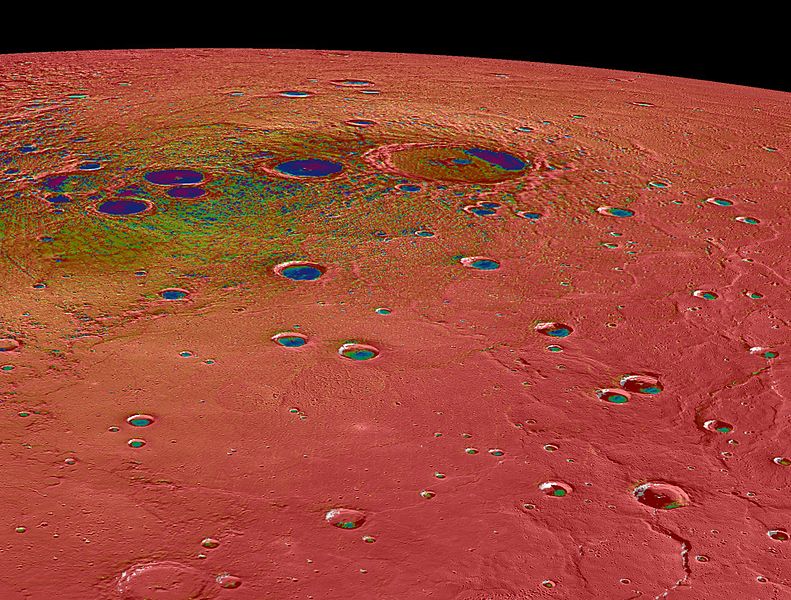ملف:PIA19247-Mercury-NPolarRegion-Messenger20150316.jpg
المظهر

حجم هذه المعاينة: 791 × 600 بكسل. الأبعاد الأخرى: 317 × 240 بكسل | 633 × 480 بكسل | 1٬013 × 768 بكسل | 1٬280 × 971 بكسل | 2٬044 × 1٬550 بكسل.
الملف الأصلي (2٬044 × 1٬550 بكسل حجم الملف: 714 كيلوبايت، نوع MIME: image/jpeg)
تاريخ الملف
اضغط على زمن/تاريخ لرؤية الملف كما بدا في هذا الزمن.
| زمن/تاريخ | صورة مصغرة | الأبعاد | مستخدم | تعليق | |
|---|---|---|---|---|---|
| حالي | 22:32، 16 مارس 2015 |  | 2٬044 × 1٬550 (714 كيلوبايت) | Drbogdan | User created page with UploadWizard |
استخدام الملف
الصفحتان التاليتان تستخدمان هذا الملف:
الاستخدام العالمي للملف
الويكيات الأخرى التالية تستخدم هذا الملف:
- الاستخدام في af.wikipedia.org
- الاستخدام في be.wikipedia.org
- الاستخدام في bg.wikipedia.org
- الاستخدام في ca.wikipedia.org
- الاستخدام في cs.wikipedia.org
- الاستخدام في en.wikipedia.org
- الاستخدام في et.wikipedia.org
- الاستخدام في fr.wikipedia.org
- الاستخدام في it.wikipedia.org
- الاستخدام في nl.wikipedia.org
- الاستخدام في pl.wikipedia.org
- الاستخدام في pt.wikipedia.org
- الاستخدام في www.wikidata.org


